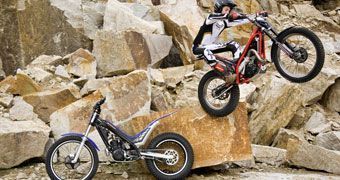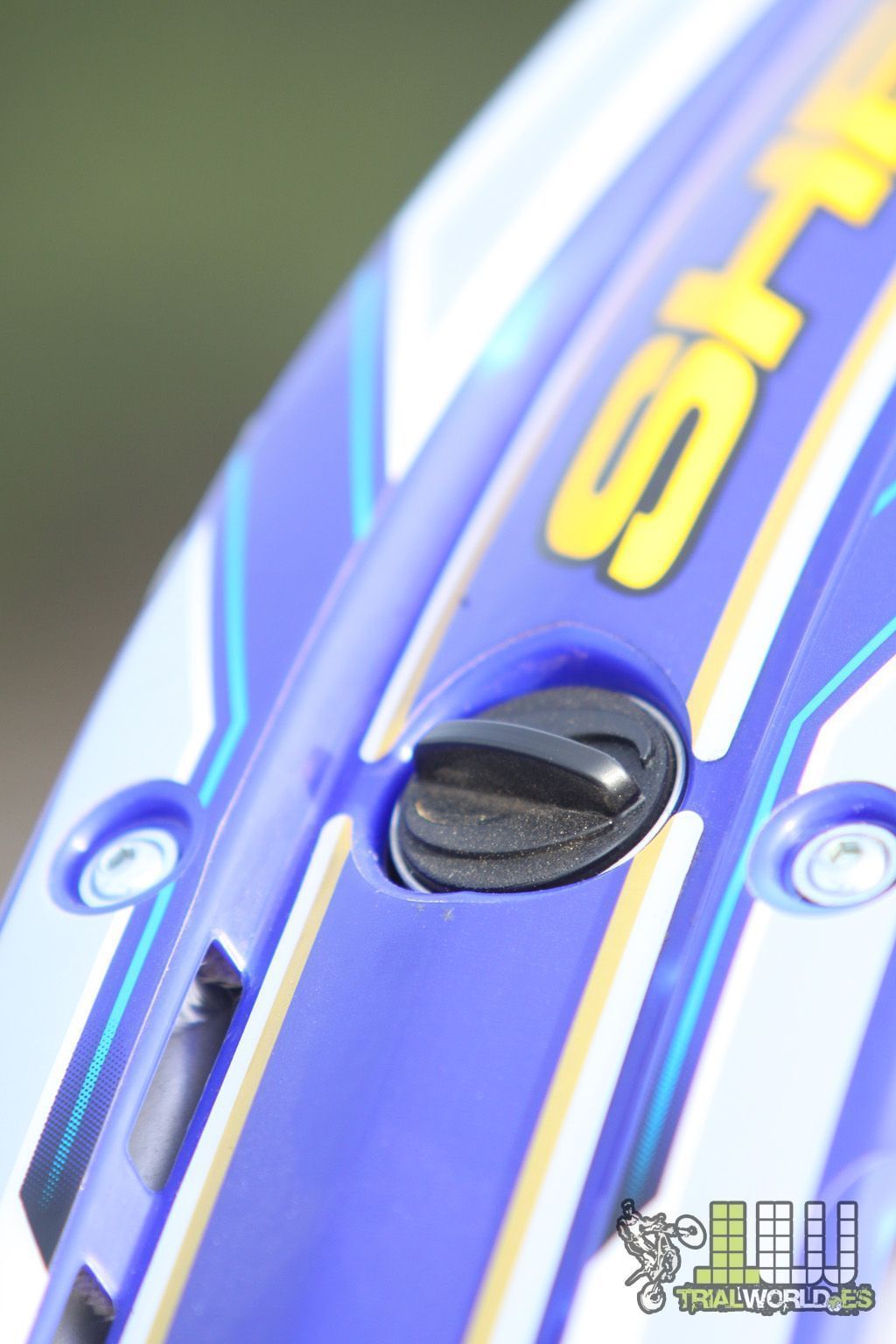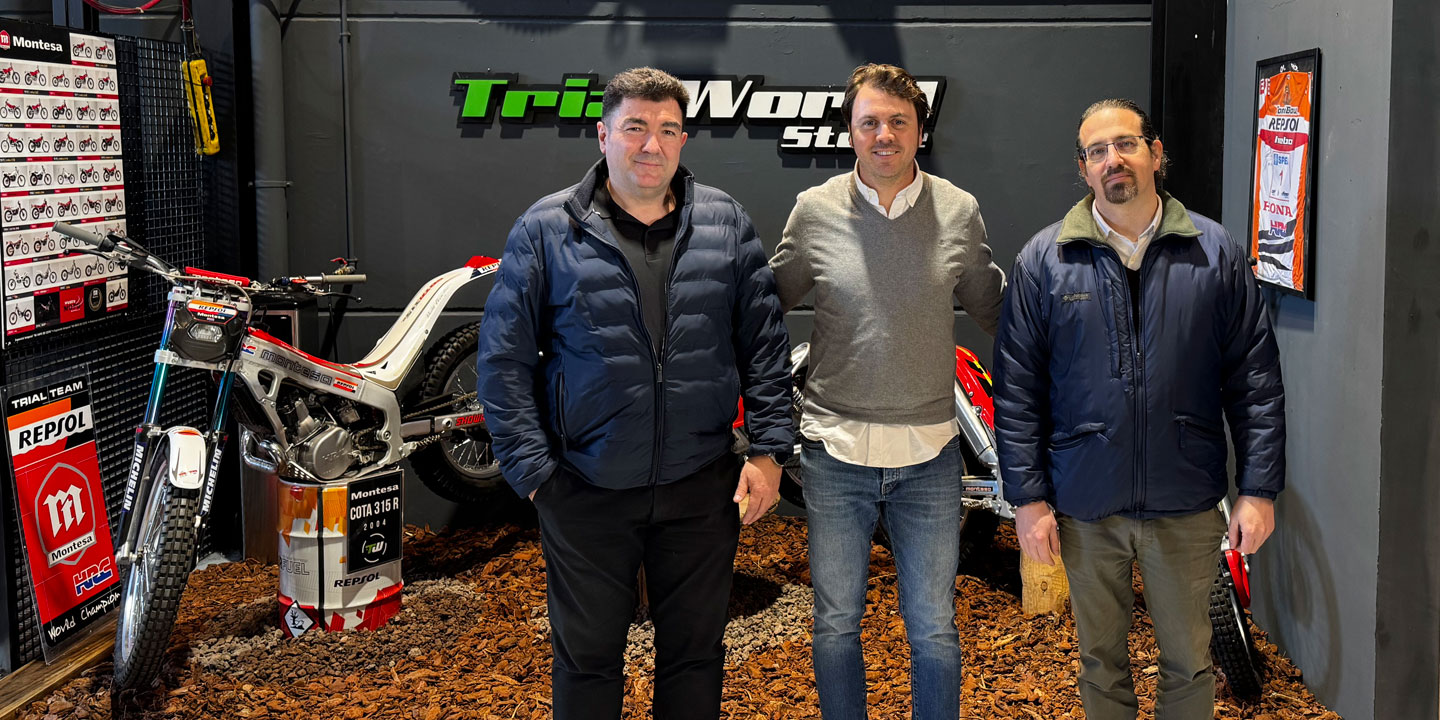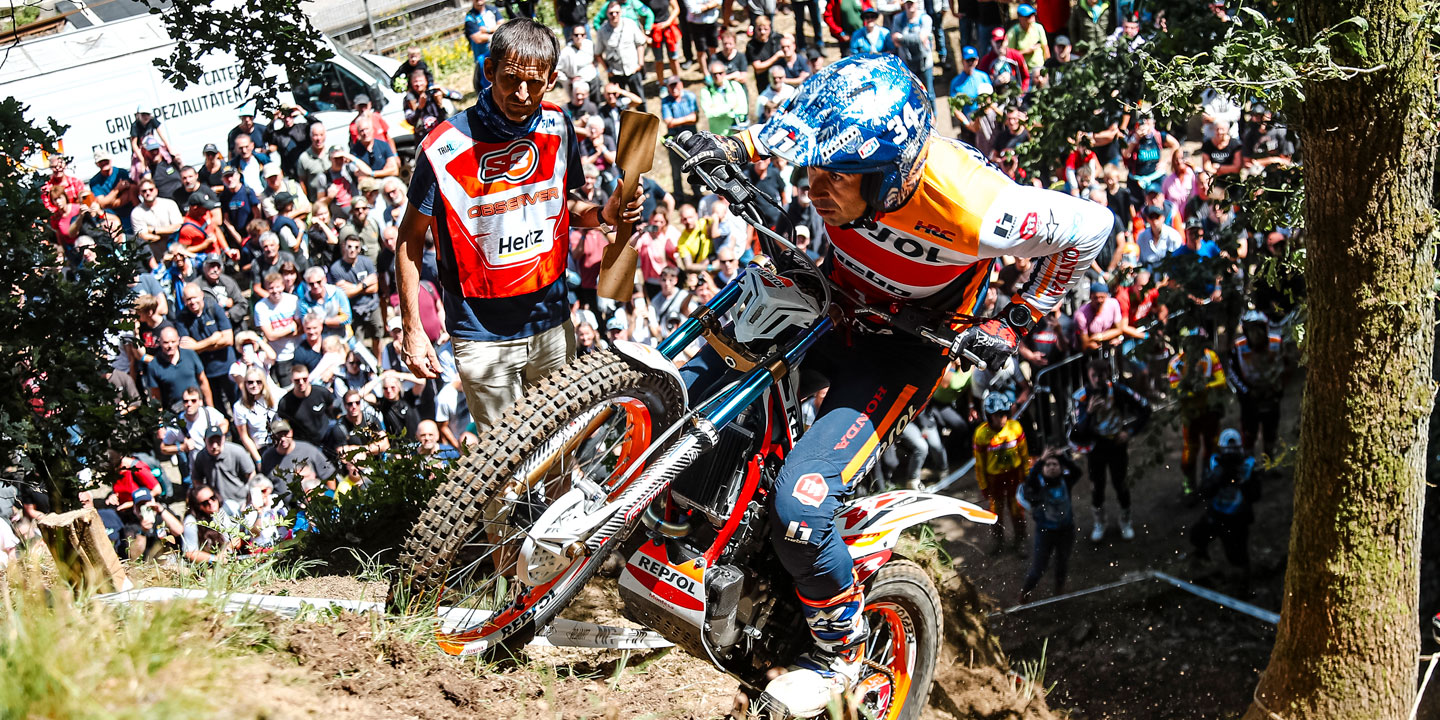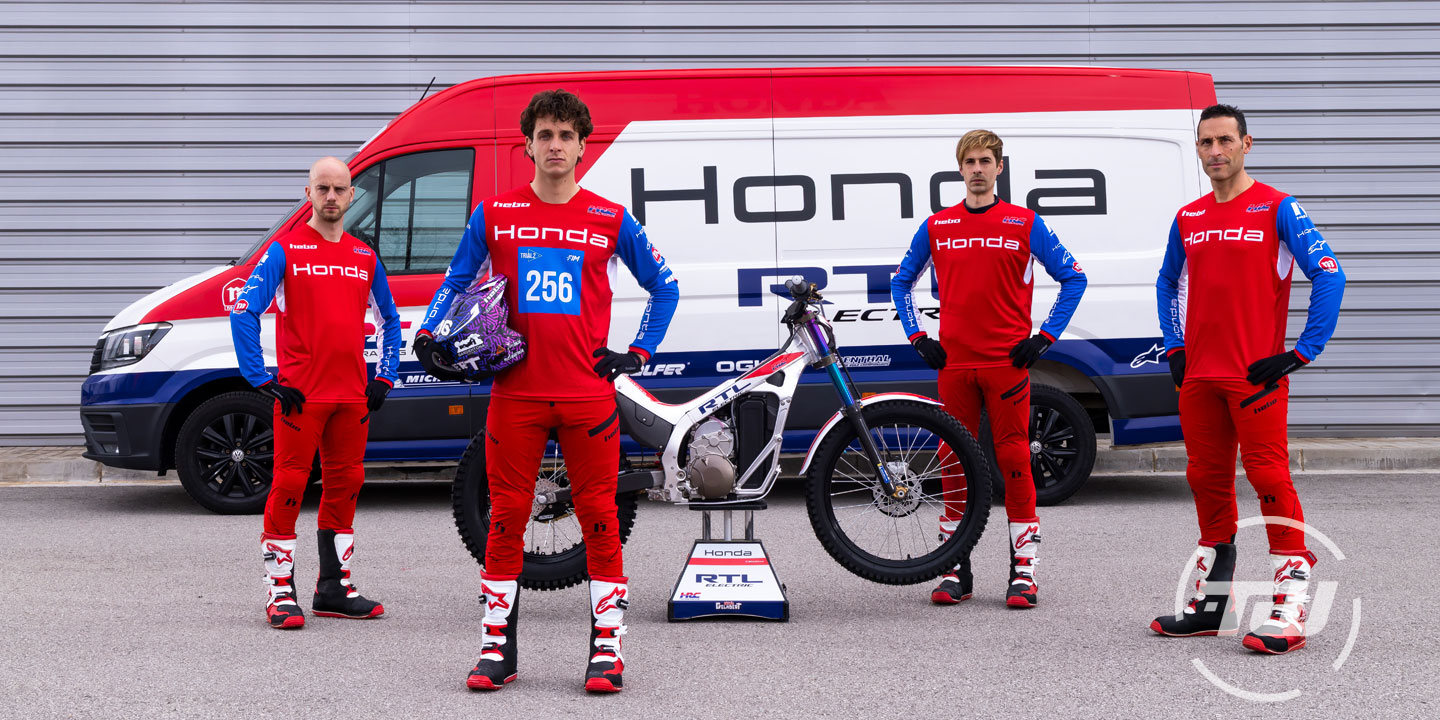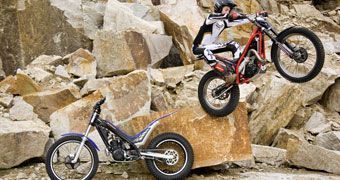
The eighth-litre displacement has always distinguished itself by following the guidelines of its big sisters, with whom they share practically all the components. Curiously, as the years go by, the differences in performance with respect to the “two and a half” are narrowed, to the point that today both models are able to face practically the same obstacles. Ten years ago the weight of the 125cc was around 75 kilos and the response of its engines was very slow; Nowadays we are talking about motorcycles that are almost ten kilos lighter and really fast mechanics, with very lively reactions.
[Click here to see the image gallery]
[Declaraciones de los pilotos]
Text: Bavid Quer / Photos: David Quer & BD / Action: Chema Quer & Nacho Fernández-Sancho & Jaime Busto
In recent years, four-stroke versions have also tried to open up the market in this segment, but without too much success. Scorpa designed a “racing” version of the TY 125F that inherited everything it could from the SY 250R, but the tight performance of its mechanics and chassis ended up making it clear that this segment is, and will continue to be, the private preserve of 2-stroke engines.
In the overall calculation, there are three brands that have 125cc engines in their catalogs, although with greater discretion in the case of Beta, which manufactures its Evo 125 in dribs and drabs. Gas Gas and Sherco, on the other hand, not only promote their versions of the eighth liter with great fanfare, but also usually launch very special limited editions with this engine.
The changes of the 2011 Sherco
The engine.
the work carried out by Sherco’s engineers for this 2011 edition has been taken away by the engine. A positive reading of this fact is that it reflects the confidence of brands in 2T engines by introducing major changes and even redesigns, without settling for what already exists to see where the market ends up evolving. As you may remember, when the 4T versions came on the scene, around 2006, the 2T suffered a major technological stoppage.
The most remarkable thing in this section is the arrival of a completely redesigned engine, with technical solutions hitherto unprecedented, such as the ” wather inside” cooling system, which eliminates external ducts. The crankcases are now made of die-cast aluminium and machined in a single cycle, thus ensuring maximum pressure of anchors and housings. The clutch has also been thoroughly revised, receiving a new caliper and pump assembly, plus a narrower hose.
Cycle Part and Other Components
Taking advantage of the fact that in the 2010 edition very important structural changes were introduced in the Trial range, on this occasion Sherco has opted to polish small details and work with the same base proposed then. The most relevant is the adoption of a new technical solution to the fuel tank, which loses its side filler in favor of a more comfortable one at the top of the fender, thus guaranteeing greater cleanliness and comfort. As you may remember, the air filter is located at the front, right where the fuel tank was previously located, where it receives fresh air and is well protected from dirt.
The Gas Gas Changes 2011
Mechanics
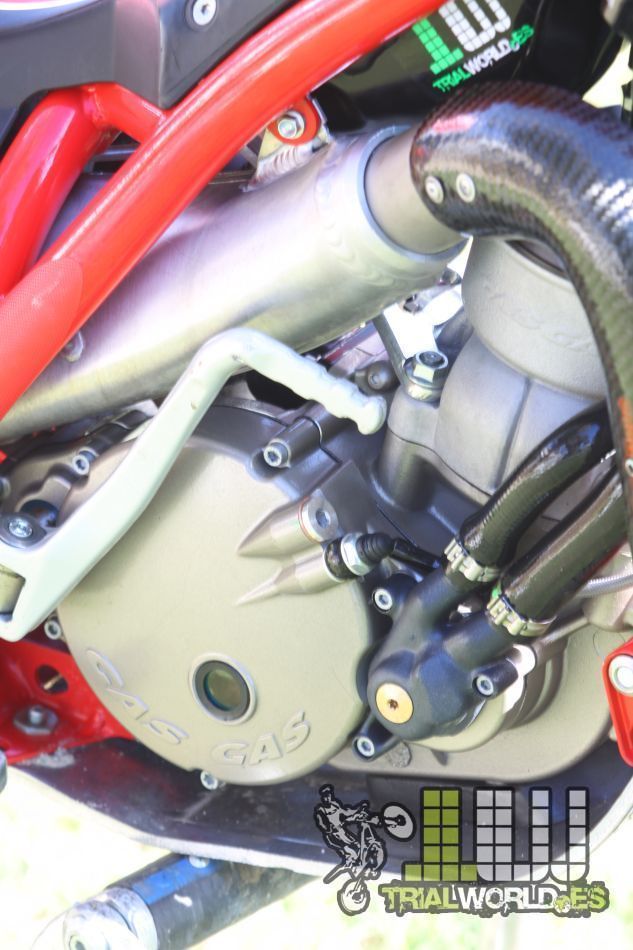
Cycle Part and Other Components
The work of the Girona engineers has once again been impeccable in this section, reinventing the lines of a stylized tubular frame that changes radically at the rear. Now the main tie rods have the curvature much higher, coinciding with the lower part of the tank, and increase their width in the area of the abutments to achieve a more stable assembly. As a result, the air filter box is completely new, having increased its capacity to optimize performance and improved tightness. We have also been able to see that the finishes are noticeably better: the filter box fits more cleanly and its line has gained in harmony.
In the bulk of the novelties we also find other new solutions, such as the magnificent rear brake master cylinder, the Morad rims with central rib and quick-release spokes, or the variable diameter handlebar signed by S3. All this seasoned with a successful chromatic that accentuates the prominence of the corporate red, maintaining the black nuances in elements such as the fork or the swingarm.
Continued on next page
